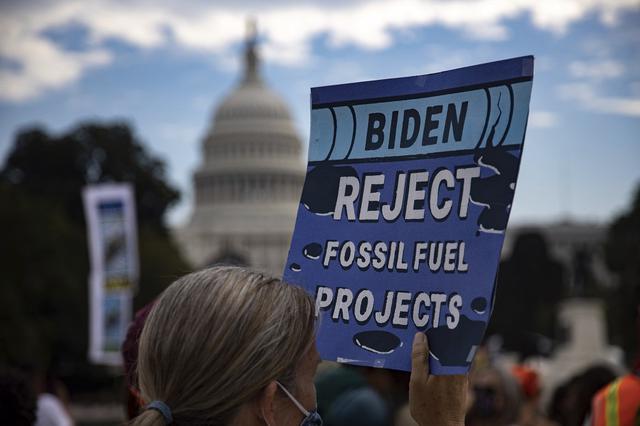
"Double-masking" is among the most effective ways to ensure face coverings stop the spread of COVID-19, according to a new study. File photo by John Angelillo/UPI | License Photo
Dec. 16 (UPI) -- Layering a three-ply cloth mask over a medical mask or securing a medical mask with an elastic brace provides the best protection against respiratory droplets, like those that spread COVID-19, a study published Thursday found.
Medical masks such as N95 coverings alone blocked about 56% of droplets released by coughs and about 42% of those discharged when breathing out, the data showed.
However, placing a cloth mask over a medical mask, or double masking, blocked at least 85% of droplets from coughs and at least 91% of those exhaled, the researchers said, in an article published Wednesday by the American Journal of Infection Control.
In addition, adding a brace, or elastic straps designed to ensure a tight fit, over a medical mask created a covering that blocked at least 95% of cough droplets and at least 99% of exhaled droplets.
RELATED Study shows double-masking -- medical mask under cloth -- cuts COVID-19 spread
"There has been considerable confusion about the most effective use of face masks, especially among the general public, to reduce the spread of infection," Ann Marie Pettis, president of Association for Professionals in Infection Control and Epidemiology, said in a press release.
"[These] findings are important and timely because they identify specific, practical combinations of face masks and mask modifications that ... measurably reduce the expulsion of infectious aerosols into the environment," said Pettis, who was not part of the study.
The findings come at a time when many state and local governments are reinstituting mask mandates as the Omicron variant of COVID-19 spreads across the country.
Respiratory viruses, such as COVID-19, spread when an uninfected person is exposed to droplets released from the nose or mouth of an infected person.
Face coverings are used to reduce the spread of infectious viruses that are transmitted by respiratory aerosols and droplets produced during actions such as talking, breathing and coughing, according to the Centers for Disease Control and Prevention.
The agency recommends face coverings that are multi-layered, cover the nose and mouth and form a tight seal against the face.
At the height of the pandemic, the CDC advocated double masking, or wearing a cloth mask over a medical mask. This approach is seen as the best way to ensure that the wearer does not spread infectious droplets, and it may limit their exposure to droplets from others as well.
For this study, the researchers used both human subjects and simulator manikins to evaluate the performance of multiple mask types, combinations and modifications.
They conducted a variety of experiments that simulated coughs and exhalations, and then measured the efficiency of the masks at blocking respiratory aerosols.
Using earloop toggles, or an earloop strap, or knotting and tucking the mask also increased its performance compared to medical masks without modification, the researchers said.
Two other mask-fit modifications, crossing the earloops or placing a bracket under the mask, did not increase performance.
The most efficient face mask combinations and fit modifications -- double masking and masks with braces -- should be used by healthcare workers, patients and the public to improve mask fit and limit infection spread, the researchers said.
"The performance of face masks as devices that control infection spread depends [on] the ability of the mask material to filter aerosols," study co-author Francoise M. Blachere said in a press release.
It also depends "on how well the mask fits the wearer," said Blachere, a research biologist at the National Institute for Occupational Safety and Health.













